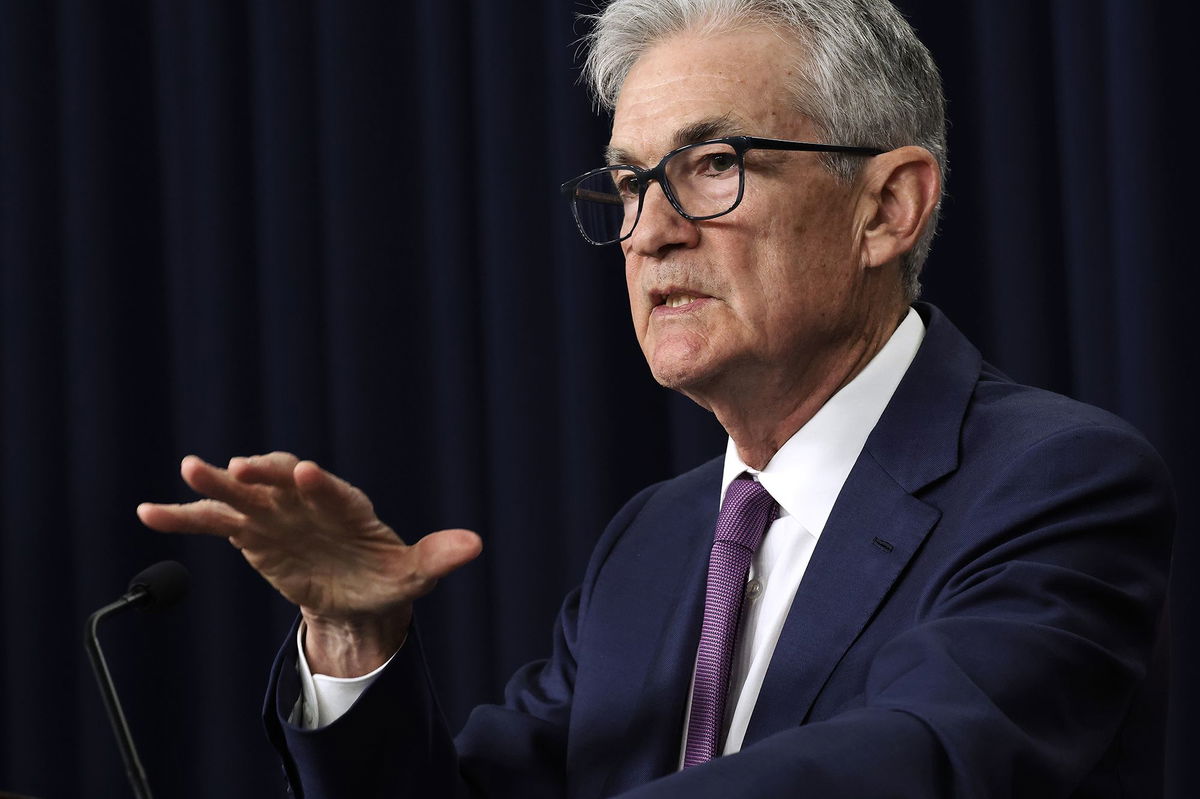The Fed is winning its battle against inflation. So why isn’t it cutting rates?

Federal Reserve officials' meeting kicks off on June 11. They're widely expected to keep interest rates at current levels as inflation remains stubborn.
By Elisabeth Buchwald, CNN
New York (CNN) — Legendary baseball coach and player Frank Robinson famously said, “Close only counts in horseshoes and hand grenades.” The Federal Reserve is living by that precept.
After getting its preferred inflation gauge down from over 7% in June 2022 — its highest level since the early 1980s — to its current reading of 2.7%, you’d think central bankers would be breathing a sigh of relief.
And yet, they’re likely doing anything but that at their June two-day monetary policy meeting, which kicks off on Tuesday. Officials are all but certain to leave rates unchanged regardless of the forthcoming May Consumer Price Index report set to be released Wednesday at 8:30 am ET, just hours before the Fed’s decision is announced.
“Of course we’re not satisfied with 3% inflation,” Fed Chair Jerome Powell told reporters after last month’s policy meeting, adding that “3% can’t be in a sentence with satisfied.”
Powell and his colleagues at the Fed will not budge on 2%. And until they’re convinced inflation is on a sustainable path to that level, rate cuts won’t be on the table — unlike many central banks abroad that have recently begun the process.
There are good reasons for the Fed’s stubbornness, though.
Public perceptions are key
Former Fed Chair Ben Bernanke has gone as far as to say that “monetary policy is 98% talk and 2% action.” That is to say that the Fed’s ability to achieve 2% inflation is predominantly a byproduct of the public’s belief that it will materialize.
If people expect prices to rise by 3%, businesses would almost be foolish not to put forth price increases that meet what they’re already anticipating. To afford those price increases, workers will likely demand wage increases on par. That makes it much harder for the Fed to get inflation down further.
The expectation of 3% inflation is not merely hypothetical. Multiple surveys, including one by the New York Fed, indicate that people expect prices to rise by around 3% in the year ahead and upcoming years.
If Fed officials become complacent with those expectations, they’ll likely forfeit their ability to persuade them that they mean business when they say they want 2% inflation. That’s why it is crucial for central bankers to insist on 2%.
“By communicating an explicit inflation target — and then delivering inflation consistent with that target — central banks earn credibility with the public,” New York Fed President John Williams said in a recent speech. “That helps anchor expectations, which, in turn, contributes to low and stable inflation.”
Inflation is moving in the wrong direction
It would be one thing if the latest inflation reading showed it declined to 2.7% and there were signs pointing to more progress. But that hasn’t been the case in recent months.
April’s Personal Consumption Expenditures price index didn’t budge from March when prices accelerated to 2.7% from 2.5% in February.
Additionally, inflation readings from the first quarter of this year put the nation’s annualized inflation rate at 3.4%.
“That number, fortunately, is nowhere near the 7.1% headline inflation we saw in June 2022 but does remind us that the job is not yet done,” Richmond Fed President Tom Barkin said in a speech he gave last month.
Stripping away highly volatile categories such as food and energy — a measure referred to as “core” inflation — won’t quell central bankers’ concerns. That index is up 3.7% on an annualized basis for the first three months of the year. That’s well above average readings for the second half of last year.
The Fed can’t ignore CPI
Although CPI isn’t the inflation gauge the Fed targets, central bankers don’t write it off.
That’s because it tells an underlying story that inflation is pinching Americans at undesirable levels. It was, however, welcome news to Fed officials that Consumer Price Index-measured inflation fell to 3.4% in April from 3.5% in March.
Yet Fed Governor Christopher Waller said last month that “the progress was so modest that it did not change my view that I will need to see more evidence of moderating inflation before supporting any easing of monetary policy.”
The-CNN-Wire
™ & © 2024 Cable News Network, Inc., a Warner Bros. Discovery Company. All rights reserved.